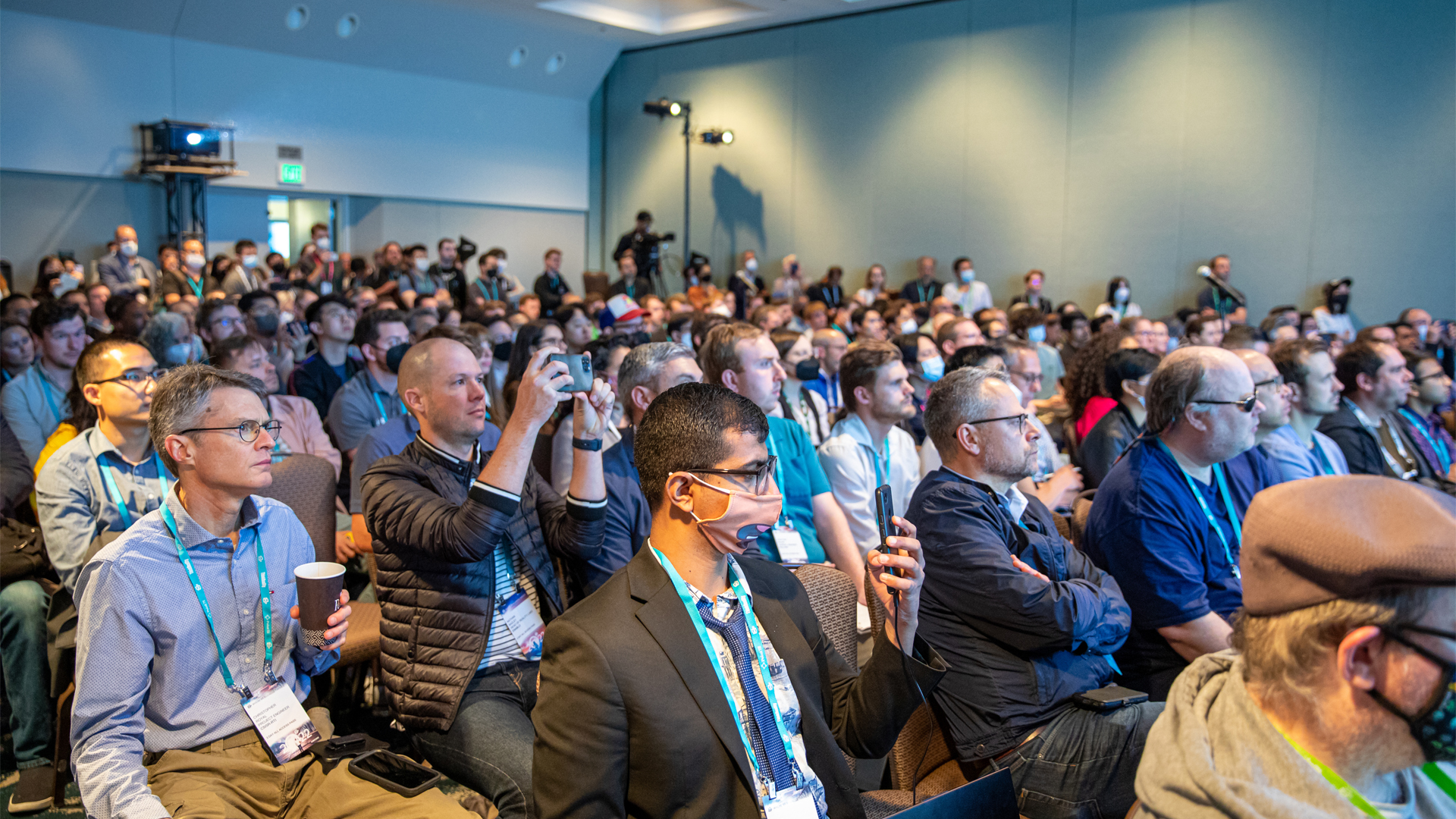Welcome back to AWE Talks, our series that revisits the most engaging content from AWE’s catalog of conference sessions. With an extensive library from AWE USA 2022, there's still plenty to dive into.
This week, we dive into holograms. How can 3D telepresence help far-flung enterprises in the Post Covid world operate and collaborate? Cisco's Elizabeth Bieniek breaks it down, including real-life case studies.
See the summarized takeaways below, along with the full session video. Stay tuned for more video highlights each week and check out the full library on awe.live and AWE’s YouTube Channel.
Speaker:
Elizabeth Bieniek: Internal Startup Founder at Cisco
– Virtual and remote work pre-dates the Covid era: It was first enabled through Smartphone ubiquity.
– But now it's more pervasive than ever, with "digital nomads" becoming a norm in corporate culture.
– But there are downsides such as missing the ideation and feedback loops in IRL interaction.
– For these reasons and others, 74 percent of millennials value onsite work according to Accenture.
– Based on all the above, the goal is to achieve the best of IRL interaction and digital-nomad ideals.
– There are various methodologies to achieve that, from Zoom to more immersive XR approaches.
– The holy grail is telepresence without breaking the illusion through a piece of glass between users.
– Cisco has engineered around all these factors, a likely candidate as a leader in communications.
– It focuses on two use cases: enterprise sales and collaboration around high-stakes decisions.
– The result is what it calls WebXR holograms, a play on its WebX teleconferencing software.
– This is a one-to-many telepresence format where presenters use camera arrays for 3D capture.
– Those on the receiving end use headsets like Hololens 2 to render the presenter in full 3D glory.
– The result is a 3D hologram with rich interaction for lifelike and real-time collaboration.
– This has been used by medical device companies that need to demonstrate complex equipment.
– It's also used by McLaren Racing, for drivers and crew to discuss complex mechanical concepts.
– In both cases, not only is the subject matter nuanced (aided by 3D), but subjects are far-flung.
– These companies also benefit from operational efficiencies like lessening travel cost and fatigue.
– This makes holographic collaboration suited to a variety of high-stakes verticals and use cases.
For more color and case studies, check out the full session below.
 Want more XR insights and multimedia? ARtillery Intelligence offers an indexed and searchable library of XR intelligence known as ARtillery Pro. See more here.
Want more XR insights and multimedia? ARtillery Intelligence offers an indexed and searchable library of XR intelligence known as ARtillery Pro. See more here.
Speaker:
Elizabeth Bieniek: Internal Startup Founder at Cisco
– Virtual and remote work pre-dates the Covid era: It was first enabled through Smartphone ubiquity.
– But now it's more pervasive than ever, with "digital nomads" becoming a norm in corporate culture.
– But there are downsides such as missing the ideation and feedback loops in IRL interaction.
– For these reasons and others, 74 percent of millennials value onsite work according to Accenture.
– Based on all the above, the goal is to achieve the best of IRL interaction and digital-nomad ideals.
– There are various methodologies to achieve that, from Zoom to more immersive XR approaches.
– The holy grail is telepresence without breaking the illusion through a piece of glass between users.
– Cisco has engineered around all these factors, a likely candidate as a leader in communications.
– It focuses on two use cases: enterprise sales and collaboration around high-stakes decisions.
– The result is what it calls WebXR holograms, a play on its WebX teleconferencing software.
– This is a one-to-many telepresence format where presenters use camera arrays for 3D capture.
– Those on the receiving end use headsets like Hololens 2 to render the presenter in full 3D glory.
– The result is a 3D hologram with rich interaction for lifelike and real-time collaboration.
– This has been used by medical device companies that need to demonstrate complex equipment.
– It's also used by McLaren Racing, for drivers and crew to discuss complex mechanical concepts.
– In both cases, not only is the subject matter nuanced (aided by 3D), but subjects are far-flung.
– These companies also benefit from operational efficiencies like lessening travel cost and fatigue.
– This makes holographic collaboration suited to a variety of high-stakes verticals and use cases.
For more color and case studies, check out the full session below.
 Want more XR insights and multimedia? ARtillery Intelligence offers an indexed and searchable library of XR intelligence known as ARtillery Pro. See more here.
Want more XR insights and multimedia? ARtillery Intelligence offers an indexed and searchable library of XR intelligence known as ARtillery Pro. See more here. 


